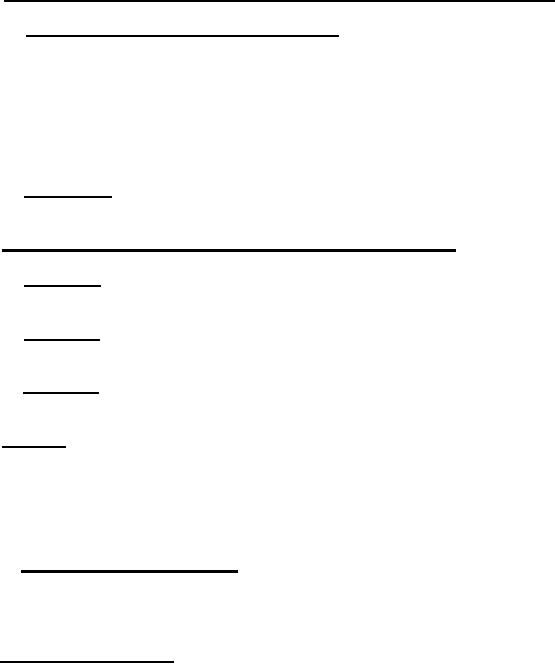 |
|||
|
|
|||
| ||||||||||
|
|  MIL-S-63523A(AR)
(Data item descriptions related to this specification, and
identified in section 6 will be approved and listed as such in DoD
5000.19L., Vol. II, AMSDL. Contractors in connection with specific
acquisition functions should obtain copies from the Naval
Publications and Forms Center or as directed by the contracting
officer.)
6.5 Contractor's design requirements and specifications.
6.5.1 Inert and explosive materials. All inert and explosive
materials used in the Simulator shall be referenced to approved
Government specifications if such exist. Proprietary materials
should not be used unless specifically approved in writing by the
contract officer. At the direction of the contract officer, the
contractor should submit simulator drawings, in sufficient detail as
to parts, special processes, and techniques to permit the
preparation of documentation in accordance with 6.5.2.
6.5.2 Drawings.
Drawings should be in accordance with
DOD-D-1000.
6.6 Definition of packaging and packing levels.
6.6.1 Level A. Full military protection for unrestricted
(OCONUS) shipment and storage.
6.6.2 Level B. Limited military protection for limited storage
and (OCONUS) shipment.
6.6.3 Level C.
For interplant (CONUS) shipment and very
limited storage.
6.7 Safety. This specification contains requirements which may
necessitate the handling of hazardous materials and result in the
manufacture of a hazardous item. It is emphasized that all
applicable safety rules, procedures, and regulatory requirements be
strictly followed during the handling, processing, and testing of
the completed item and related hazardous materials.
6.7.1 Safety certification. Certification from the supplier
and/or first article testing shall be required to assure no
significant change in the item, materials, packaging, etc. which
would affect the DOT authorization/hazard classification.
6.8 Noise protection. Noise protection is advisable to prevent
ear damage whenever safe distance of 96 meters is not adhered to.
21
|
|
Privacy Statement - Press Release - Copyright Information. - Contact Us |